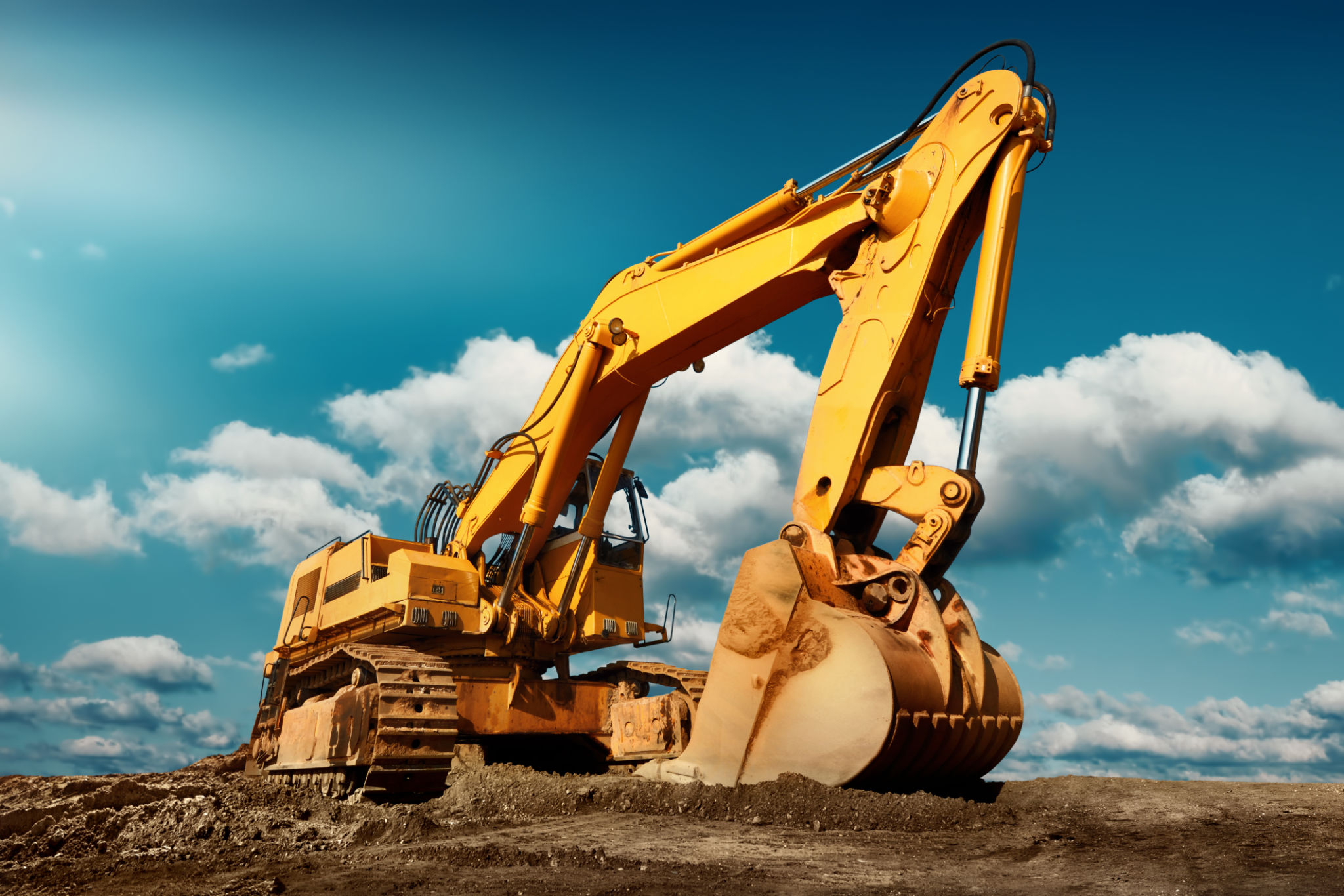Understanding the Environmental Impact of Demolition in Toronto
Introduction to Demolition and Its Environmental Impact
Demolition is a critical aspect of urban development, especially in a bustling city like Toronto. While it paves the way for new construction and revitalization, the process also poses significant environmental challenges. Understanding these impacts is essential for fostering sustainable practices in the industry.

Waste Generation and Management
One of the most significant environmental impacts of demolition is the generation of waste. Buildings are often a mix of materials such as concrete, wood, metals, and plastics. When demolished, these materials contribute to landfill accumulation unless effectively managed. In Toronto, initiatives are in place to encourage recycling and reuse of construction materials to mitigate this impact.
Efforts include sorting materials on-site to separate recyclable elements. This helps reduce the volume of waste sent to landfills and promotes a circular economy. The city encourages construction companies to adopt these practices by providing resources and support.

Air Quality Concerns
Demolition activities can significantly affect air quality. The process often creates dust and releases pollutants into the atmosphere, which can harm human health and contribute to air pollution. In Toronto, regulations are in place to control dust emissions during demolition projects.
Contractors are required to implement dust suppression techniques, such as water sprays and barriers, to minimize airborne particles. Additionally, monitoring air quality at demolition sites helps ensure compliance with environmental standards.

Noise Pollution
Another concern associated with demolition is noise pollution. The use of heavy machinery and equipment generates significant noise levels, which can disrupt local communities and wildlife. Addressing this issue involves implementing noise reduction strategies and adhering to specified working hours.
In Toronto, construction crews are encouraged to use quieter equipment and schedule operations during less disruptive times of the day. Engaging with local residents to keep them informed about project timelines also helps reduce the impact of noise pollution.
Energy Consumption
The energy required for demolition is another factor contributing to its environmental impact. From operating heavy machinery to transporting debris, energy consumption can be substantial. Employing energy-efficient technologies and practices is crucial in reducing the carbon footprint of demolition activities.
Toronto's commitment to sustainability includes promoting the use of renewable energy sources and efficient machinery in construction projects. This not only helps cut down on emissions but also aligns with broader environmental objectives.

Strategies for Sustainable Demolition
To minimize the environmental impact of demolition, several strategies can be employed:
- Deconstruction: Carefully dismantling structures allows for maximum material recovery and reuse.
- Recycling: Prioritizing recycling of materials such as metals, concrete, and wood can significantly reduce waste.
- Site Assessment: Conducting thorough environmental assessments before demolition helps identify potential hazards and plan mitigation strategies.
By integrating these strategies, Toronto aims to lead by example in sustainable urban development.
The Role of Policy and Regulation
Regulatory frameworks play a vital role in managing the environmental impact of demolition in Toronto. Policies focus on promoting sustainable practices, reducing waste, and ensuring safe working conditions.
The city has established guidelines that mandate environmental assessments for major demolition projects. These policies are designed to protect natural resources and ensure that development aligns with sustainability goals.

Conclusion: Towards a Sustainable Future
Understanding the environmental impact of demolition is crucial for creating a sustainable future in Toronto. By addressing waste management, air quality, noise pollution, and energy consumption, the city can continue to grow while preserving its natural environment.
The collaboration between policymakers, industry professionals, and the community is key to achieving these objectives. With continued efforts towards sustainable practices, Toronto can set a precedent for responsible urban development worldwide.
